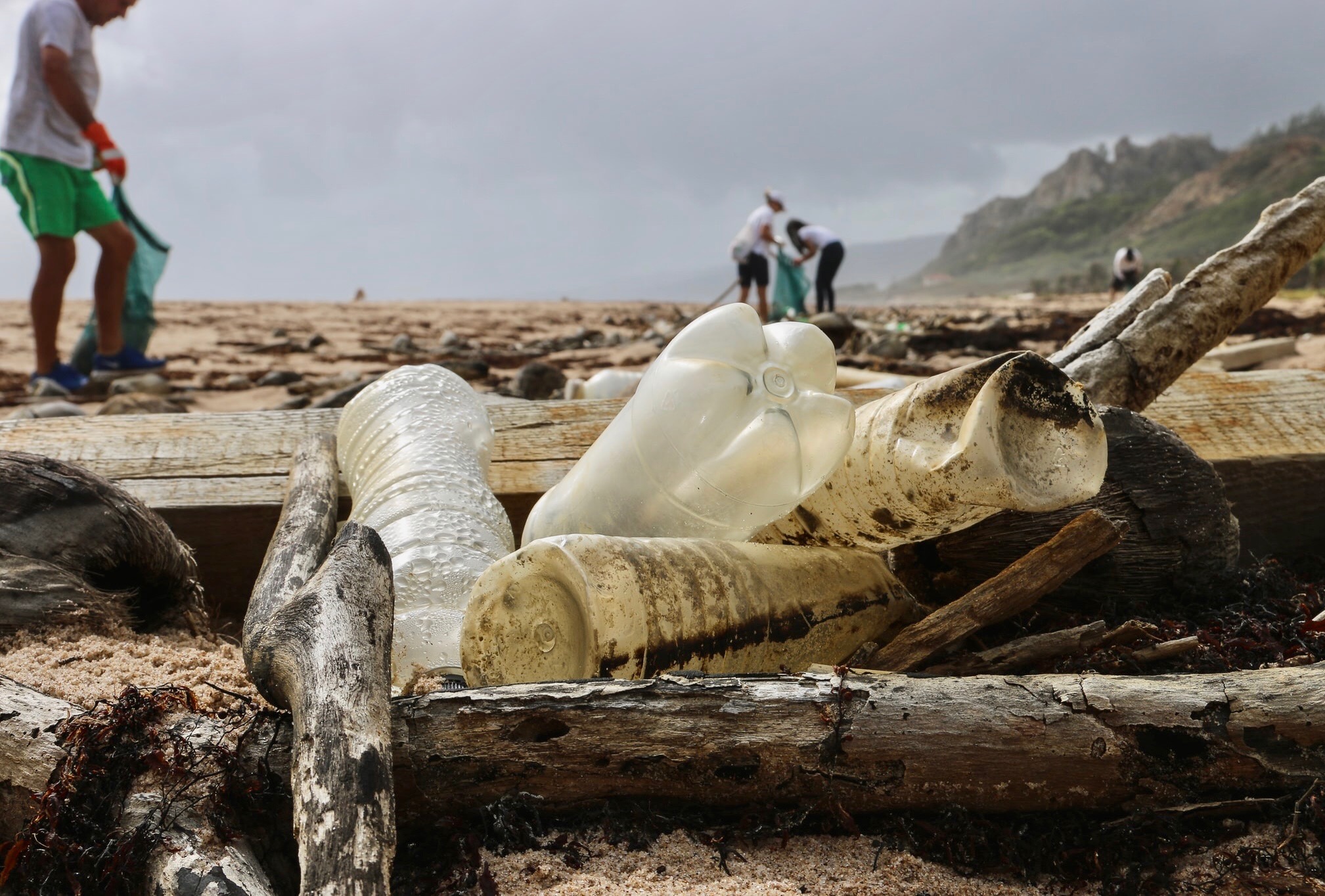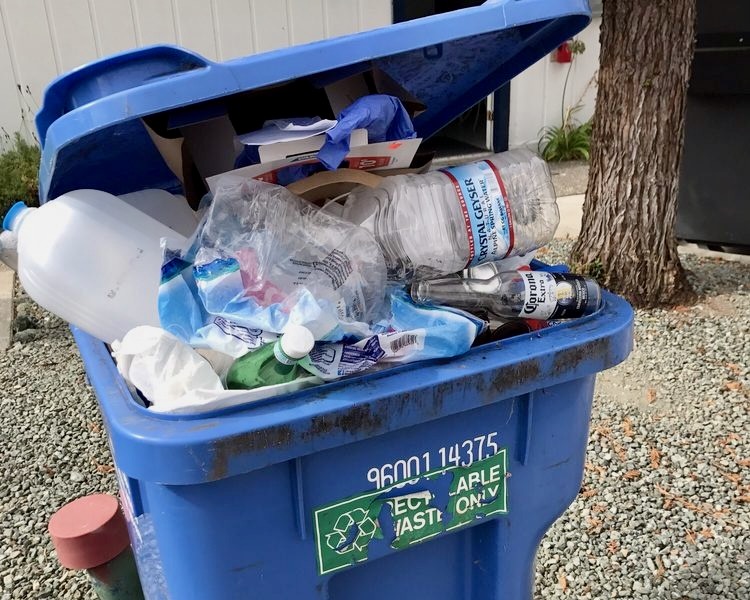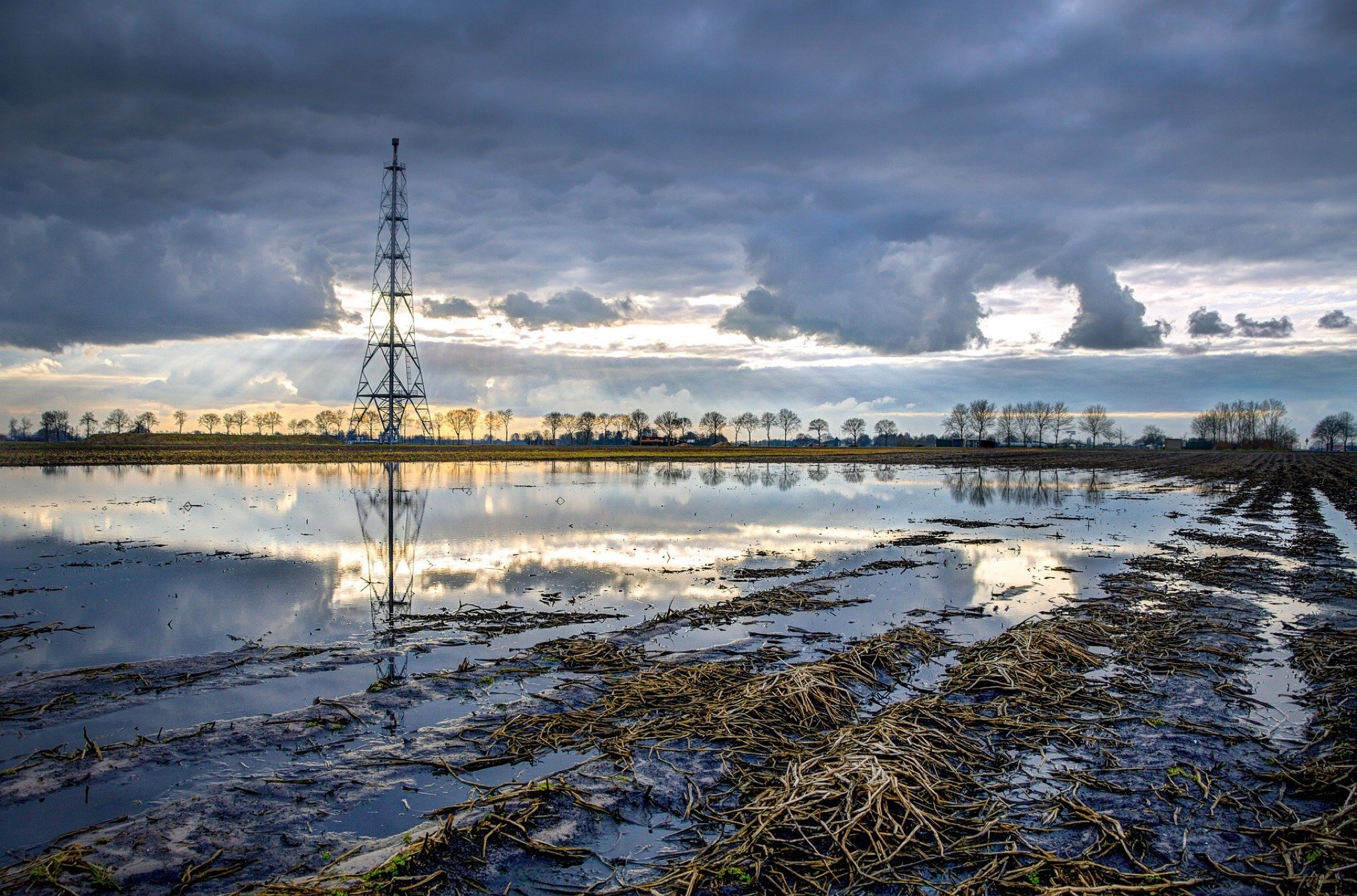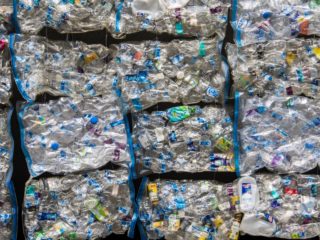You’ve heard the term greenwashing, but do you really know what it means? These three greenwashing examples will give you a better understanding of the deceptive practice and highlight the fact that greenwashing tactics can occur in any sector or industry.
Keep America Beautiful Anti-Litter Campaign

If you were alive in the 1970s (I was) you’d remember the “Crying Indian” ad, one facet of a seemingly noble anti-litter crusade by the Keep America Beautiful organization, a non-profit whose mission is “to inspire and educate people to take action every day to improve and beautify their community environment.” Viewed over 14 billion times, the ad appeared to depict a Native American man crying over the environmental degradation of his land due to the reckless littering exploits of the American people.
Keep America Beautiful’s message was loud and clear: People are responsible for all this litter so people should be responsible for cleaning it up. And if people were worried about mountainous landfills of garbage dotted across the country, KAB had a solution for that too: recycling!
Since the “Crying Indian” campaign, KAB has engaged in numerous education and awareness campaigns to promote a “national cleanliness ethic” and encourage recycling.
KAB’s environmental mission sounds altruistic, right? Unfortunately, it is anything but. Let’s start with the organization. KAB is a non-profit created and led by the titans in the packaging, plastics, and food and beverage industries. Take a look at the current KAB board members. You’ll find representatives from the American Chemistry Council, Dow Chemical, PepsiCo, Coca-Cola, Mars, Nestle, McDonald’s, and Dart Container, among others.
All of these companies (and the trade groups that support them) are involved in the production of single-use products — plastic packaging, bottles, wrappers, containers — the main components of plastic pollution. As profit-making businesses, they understandably have no intention of curbing production despite the need to appear environmentally conscious.
KAB’s goal since the “Crying Indian” campaign has been to shift responsibility for environmental pollution from producers to consumers. It has been an ingenious greenwashing ploy that has allowed manufacturers to keep producing – even escalate production – while giving an environmental sheen to their operations.
So … is Recycling a Greenwashing Example?

Not all greenwashing examples are clear-cut. Take recycling. Is it a greenwashing tactic? Yes and no. Recycling is one of several waste-reduction tools that can be effective (when done right), but it isn’t the only – or even best – solution to reducing waste.
When it comes to rendering a verdict on green or greenwashing for recycling, it’s important to look at the forces that promote and further its existence. The packaging and plastics industries have a vested interest in the continued manufacture of their products. It shouldn’t be a surprise, therefore, that we see industry efforts thrown behind recycling initiatives with assertions that if people just recycled right, recycling rates would improve.
From the program’s earliest days, plastics producers were fully aware of recycling’s limitations in curtailing plastic waste. According to an NPR and PBS Frontline investigation, one industry insider wrote in 1974 that “There is serious doubt that [recycling plastic] can ever be made viable on an economic basis … [yet] the industry spent millions telling people to recycle … selling recycling sold plastic, even if it wasn’t true.”
The most recent example of an industry-backed initiative is the creation of the U.S. Plastics Pact. While this group — which includes World Wildlife Fund and the Ocean Conservancy as collaborators — is tasked with reducing plastic pollution, the action plan lists only one goal of working to reduce unnecessary plastic packaging. All other goals anticipate continued plastic production with the aim of creating products that are recyclable or compostable.
The other main participant in the Plastics Pact is an industry-backed group, the Recycling Partnership, of which the plastic industry’s main lobbying arm, The American Chemistry Council, is represented on the board. The ACC has been a vocal opponent of plastic bag bans, helping to pass plastic bag preemption laws in a number of states. And, the credentials of the Plastics Pact’s executive director? You guessed it, she’s a former ACC employee.
So should we add recycling, particularly plastic recycling, to our list of greenwashing examples? With a mere 9% of all plastic recycled (leaving the roughly 8.3 billion metric tons of plastic ever produced left in a landfill, incinerated, or as pollution) what do you think?
Natural Gas: The “Clean Fuel”

One of the more recent greenwashing examples is the assertion that natural gas is a “clean fuel.”
Take a look at ExxonMobil, for instance. If you were to visit the Exxon website, you’d be impressed by their emphasis on sustainability and greenhouse gas emissions reduction. The company’s sustainability page covers all the sustainability hot-button issues: emissions and climate; plastic waste “management” (I guess it couldn’t bring itself to support “reduction”); environmental protection; health and human rights; and community engagement. Impressive!
In December 2020, Exxon’s CEO Darren Woods announced a “meaningful emission reduction” by 2025 and continued advocacy of climate-friendly policies. How is the oil and gas behemoth going to accomplish its goals?
One way is to set the bar low. Another way will be through reliance on natural gas production. Exxon claims that natural gas is a “cleaner fuel,” emitting “significantly fewer pollutants than coal power generation … and up to 60 percent fewer GHGs.”
A closer look at Exxon’s natural gas operations reveal that they’re not so clean. Exxon’s most recent “clean energy” operations relate to its $10 billion Golden Pass natural gas project on the Texas Coast. CEO Woods proudly proclaimed that the project would showcase the “environmental benefits of natural gas.”
But all that green talk for the benefit of the public doesn’t jibe with their internal assessments. A Bloomberg Green analysis of internal Exxon documents reveals that the projected emissions of the Texas facility — touted as a gift of clean energy — are on par with those of a coal-fired power plant. Total emissions for another proposed project in Tengiz, Kazakhstan would be roughly equivalent to two coal power plants and a Guyana oil and gas development would emit the equivalent of 1.1 million metric tons of CO2 in 2025, according to Bloomberg Green.
Exxon states publicly that it’s committed to decarbonizing its operations, but these natural gas projects will make it difficult for the company to realize these goals.
So is natural gas truly “clean” or is it yet another greenwashing example? The first thing to note is that natural gas is a fossil fuel – a nonrenewable resource. In that respect, it can’t compete with the more environmentally-friendly forms of renewable energy, such as wind and solar. In addition, the extraction process is decidedly not clean, causing water, air, and land pollution, along with increased earthquakes and health implications. Yes, natural gas is ostensibly cleaner than coal, but that’s like saying that a plain doughnut is healthier than a chocolate-coated one.









